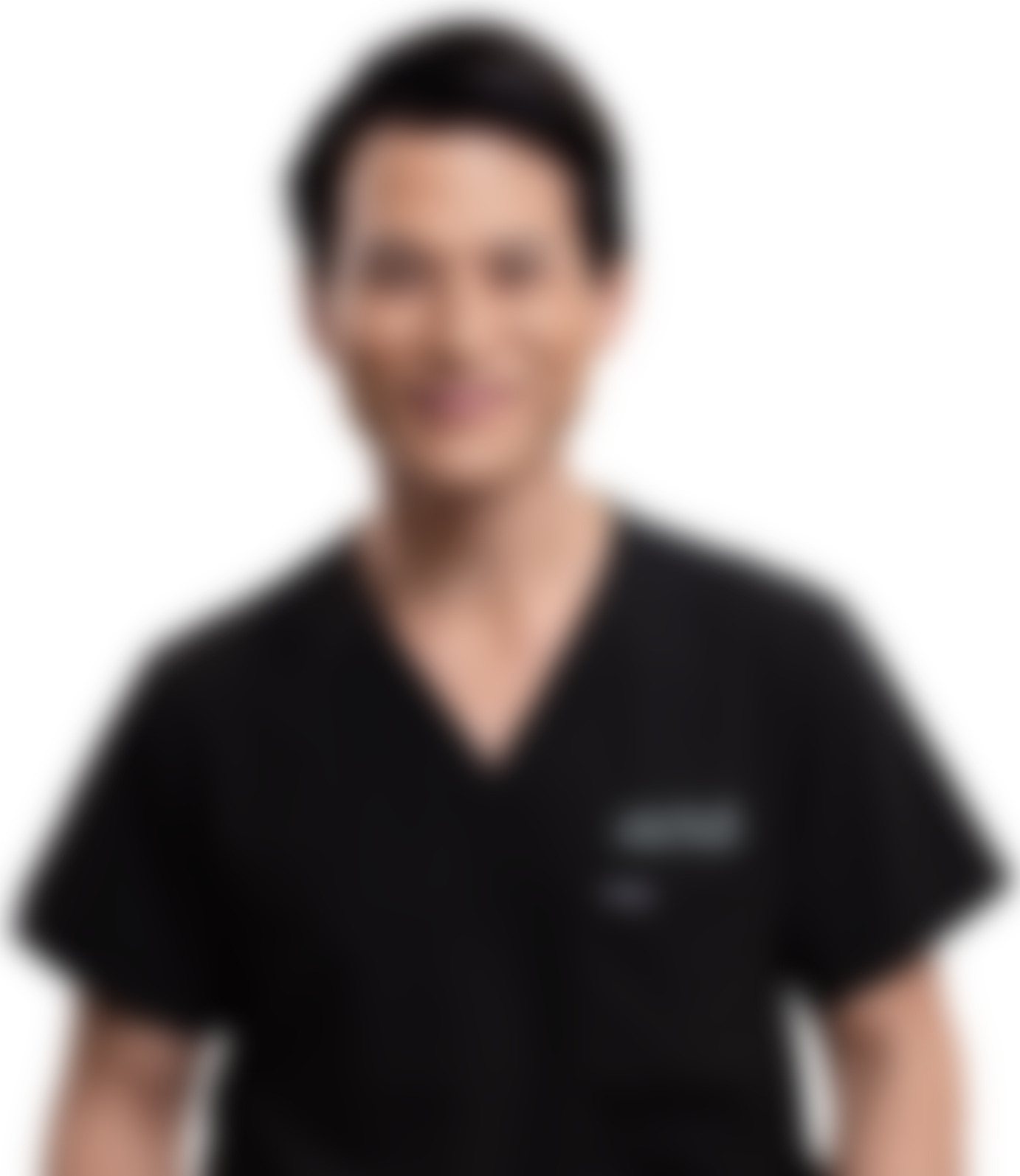What Kind of Anesthesia Is Used for a Facelift?
UpdatedHaving a major surgery often produces trepidation in regards to the process and recovery. However, there is also some legitimate concern over anesthesia and being "put to sleep."
The choice of anesthesia depends on your health, the type and extent of surgery performed, your surgeon, and your anesthesiologist. Additionally, your comfort and safety should be a top priority for your doctor when choosing an anesthesia. Dr. Larry Fan has performed hundreds of facelifts using the following methods of anesthesia.
Knowing the kinds of anesthesia used for facelifts and the effects associated with them can help relieve some anxiety and allow you to proceed with confidence in the procedure. A positive attitude and confidence does play a significant role in the recovery process.
Facelifts and Anesthesia: What To Expect
Let's look at the different types of anesthesia Dr. Fan's office uses for facelift procedures, and what you can expect from each.
General Anesthesia
General anesthesia is a treatment with medicines that puts you into a deep sleep. Throughout the procedure, you are completely asleep, and you feel no pain.
This is the most common type of anesthesia Dr. Fan uses. A facelift takes considerable time, and the majority of patients, especially those who experience anxiety, are most comfortable sleeping through the procedure.
General anesthesia is one of the safest forms of anesthesia because breathing is controlled, and the level of anesthesia can be fully managed and adjusted by the anesthesiologist.
What To Expect During General Anesthesia:
General anesthesia is administered by a board certified anesthesiologist in a hospital or certified ambulatory surgery center. The anesthesiologist will inject the medication into a vein. You may be asked to breathe in a special gas through a comfortable mask. Once the you are asleep, the doctor may insert a tube into your windpipe to help you breathe and protect your lungs.
Your health and wellbeing should always be the first concern of your doctor and anesthesiologist. During general anesthesia, your blood pressure, pulse, and breathing are monitored closely. The anesthesiologist can change how deeply asleep you are throughout the operation.
During general anesthesia, you will not move or feel any pain. You will not retain any memories of the procedure due to the nature of the anesthetic medicines.
Once the procedure is complete, you will wake up from anesthesia. You may experience temporary side effects such as fatigue, coldness, grogginess, upset stomach, or a sore throat. These side effects will be monitored by a nurse until the anesthesia wears off.
Twilight Sleep Anesthesia
Twilight sleep, also known as intravenous sedation, is another popular type of anesthesia for facelift procedures. During twilight sleep, you are given medicines through an IV, and you will feel relaxed and comfortable.
Under twilight anesthesia, you are sedated, but not unconscious. You may be partially asleep or partially awake during the procedure. This method is designed to minimize pain and allow the procedure to take place without interruption.
What To Expect During Twilight Sleep:
Intravenous sedation is given by a board certified anesthesiologist or doctor in a hospital or ambulatory surgery center. Once the medication is given through the IV, you will begin to feel drowsy and relaxed very quickly. You often fall into a shallow slumber but may wake up to respond to people in the room. For instance, you would be able to follow simple directions given by your doctor.
During twilight sleep, your are monitored carefully. Once the procedure is complete, you wake up easily. You may feel drowsy for a while and not remember much about the procedure.
Local Anesthesia
If you dislike the idea of being put to sleep during their facelift, local anesthesia is also an option, combined with a mild oral sedative to make you drowsy. Patients who choose this method remain awake but feel relaxed, and their face is not sensitive to pain.
What To Expect During Local Anesthesia:
Local anesthesia is administered by injection. You will have a particular area of the face numbed to prevent feeling pain during the facelift. The numbing injections themselves often cause some temporary stinging and pain, which end when the injection is finished. Oral sedation is used to reduce and anxiety you may feel, and to calm your nerves.
The possibility of feeling tugging or slight discomfort from the facelift is something to consider before choosing local anesthesia. Many people dislike the idea of being awake during the operation and opt for the better alternatives to local anesthesia.
Once the procedure is finished, you may experience dizziness, blurred vision, and/or muscle spasms. It is always important to communicate with your doctor about any symptoms you experience following the surgery.
Which Method is Best For You?
Choosing the right anesthesia is closely tied to having a doctor you trust, who has your best interest in mind. Dr. Fan believes that every doctor should go above and beyond to make their patients comfortable before, during, and after their procedure.
Don't be embarrassed to ask questions and learn as much as you can about the different types of anesthesia used by your doctor and work with him pick the one that meets your needs.
Make sure you are confident in the procedure, and anesthesia, and the doctor before proceeding with your facelift.







